Growing Carrots at Home might seem daunting, but trust me, it’s easier than you think! Imagine plucking vibrant, sweet carrots straight from your own backyard – the taste is simply unmatched. For centuries, carrots have been a staple in diets worldwide, with evidence suggesting their cultivation dates back to ancient Persia. These weren’t the bright orange beauties we know today, but their journey through history has led to the delicious and nutritious root we all love.
But why bother growing your own when you can buy them at the store? Well, store-bought carrots often lack the freshness and flavor of homegrown ones. Plus, you have complete control over what goes into your garden, ensuring your carrots are free from harmful pesticides and chemicals. In this DIY guide, I’m going to share my favorite tricks and hacks for growing carrots at home, even if you have limited space. From choosing the right soil to preventing common pests, I’ll walk you through every step of the process. Get ready to enjoy the satisfaction of harvesting your own delicious, homegrown carrots!
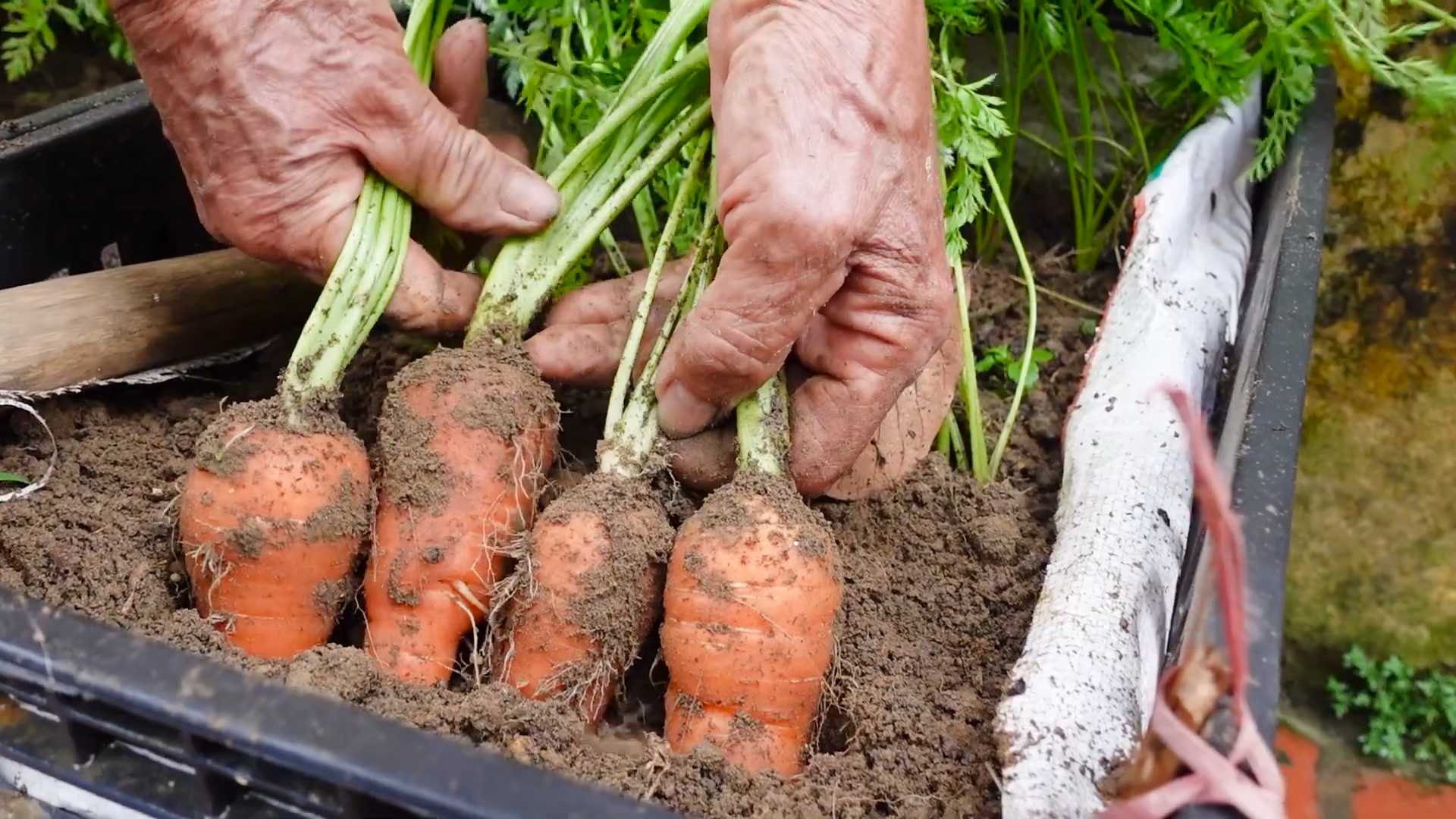
Growing Carrots at Home: A Beginner’s Guide
Okay, so you want to grow carrots at home? Awesome! It’s easier than you might think, and there’s nothing quite like pulling a fresh, vibrant carrot straight from your own garden. I’m going to walk you through everything you need to know, from choosing the right variety to harvesting your delicious crop. Let’s get started!
Choosing the Right Carrot Variety
First things first, you need to decide what kind of carrots you want to grow. There are tons of different varieties, each with its own unique characteristics. Here’s a quick rundown of some popular choices:
* Nantes: These are classic, cylindrical carrots with a sweet flavor and smooth skin. They’re a great all-around choice and mature relatively quickly.
* Danvers: These are longer and more tapered than Nantes carrots, and they’re known for their good storage capabilities.
* Chantenay: These are shorter, thicker carrots that are perfect for heavier soils. They’re also very sweet and flavorful.
* Baby Carrots: If you’re short on space or just want a quick harvest, baby carrot varieties are a great option.
* Heirloom Varieties: Don’t be afraid to experiment with heirloom varieties like ‘Purple Haze’ or ‘Yellowstone’ for a unique and colorful harvest!
Consider your soil type and growing conditions when making your choice. If you have heavy clay soil, shorter varieties like Chantenay are a better bet. If you have loose, sandy soil, you can grow longer varieties like Nantes or Danvers.
Preparing Your Carrot Bed
Carrots need loose, well-drained soil to thrive. Rocky or compacted soil can cause them to become stunted or misshapen. Here’s how to prepare your carrot bed:
1. Choose a Sunny Location: Carrots need at least 6 hours of sunlight per day.
2. Clear the Area: Remove any rocks, weeds, or debris from the planting area.
3. Loosen the Soil: Use a garden fork or tiller to loosen the soil to a depth of at least 12 inches. This is crucial for allowing the carrots to grow long and straight.
4. Amend the Soil: Add plenty of compost or well-rotted manure to improve drainage and fertility. Carrots prefer a slightly acidic soil pH of 6.0 to 6.8. You can test your soil pH with a simple soil testing kit.
5. Create Raised Beds (Optional): If your soil is particularly heavy or poorly drained, consider creating raised beds to improve drainage and aeration.
Planting Carrot Seeds
Carrot seeds are tiny, so planting them can be a bit tricky. But don’t worry, I’ve got some tips to help you succeed:
1. Timing is Key: Carrots are a cool-season crop, so plant them in early spring or late summer for a fall harvest. Check your local frost dates to determine the best planting time for your area.
2. Sow Seeds Directly: Carrots don’t transplant well, so it’s best to sow the seeds directly into the garden.
3. Create Shallow Furrows: Use a hoe or your finger to create shallow furrows about 1/4 to 1/2 inch deep and 1-2 inches apart.
4. Sow Seeds Sparingly: Sprinkle the seeds thinly along the furrows. It’s better to sow too few seeds than too many, as you’ll need to thin them later.
5. Cover the Seeds: Gently cover the seeds with a thin layer of soil or compost.
6. Water Gently: Water the area gently with a watering can or hose with a gentle spray nozzle. Avoid washing away the seeds.
7. Keep the Soil Moist: Keep the soil consistently moist until the seeds germinate, which usually takes 1-3 weeks.
Caring for Your Carrot Plants
Once your carrot seedlings emerge, it’s important to provide them with the right care to ensure a healthy and bountiful harvest.
1. Thinning: This is probably the most important step! When the seedlings are about 2 inches tall, thin them to about 1-2 inches apart. This will give the carrots enough space to develop properly. You can use small scissors to snip off the unwanted seedlings at the soil line. Don’t pull them out, as this can disturb the roots of the remaining plants.
2. Weeding: Keep the area around your carrot plants free of weeds. Weeds compete with carrots for nutrients and water. Hand-pull weeds carefully to avoid disturbing the carrot roots.
3. Watering: Water your carrot plants regularly, especially during dry periods. Carrots need consistent moisture to develop properly. Aim for about 1 inch of water per week.
4. Fertilizing: Carrots don’t need a lot of fertilizer, but a light feeding of a balanced fertilizer can help them grow. Apply the fertilizer according to the package directions. Avoid using fertilizers that are high in nitrogen, as this can promote leafy growth at the expense of root development.
5. Pest Control: Carrots are susceptible to a few pests, such as carrot rust flies and aphids. Inspect your plants regularly for signs of pests and take action if necessary. You can use insecticidal soap or neem oil to control aphids. For carrot rust flies, consider using row covers to prevent the flies from laying their eggs on the plants.
Harvesting Your Carrots
The moment you’ve been waiting for! Harvesting your carrots is the most rewarding part of the process.
1. Check Maturity: Carrots are typically ready to harvest 60-80 days after planting, depending on the variety. Check the seed packet for specific maturity dates.
2. Loosen the Soil: Before harvesting, water the area well to loosen the soil.
3. Gently Pull: Grasp the carrot greens near the base and gently pull the carrot out of the ground. If the carrot is difficult to pull, use a garden fork to loosen the soil around it.
4. Wash and Store: Wash the carrots thoroughly and remove any excess soil. Store them in the refrigerator in a plastic bag or container. Carrots can be stored for several weeks in the refrigerator.
Troubleshooting Common Carrot Problems
Even with the best care, you might encounter some problems when growing carrots. Here are a few common issues and how to address them:
* Forked or Stunted Roots: This is usually caused by compacted or rocky soil. Make sure to prepare your carrot bed properly by loosening the soil and removing any rocks or debris.
* Bitter Taste: This can be caused by inconsistent watering or hot weather. Water your carrots regularly and provide shade during the hottest part of the day.
* Cracked Roots: This is often caused by uneven watering. Water your carrots consistently and avoid letting the soil dry out completely.
* Pest Damage: Inspect your plants regularly for signs of pests and take action if necessary.
Extra Tips for Carrot Growing Success
Here are a few extra tips to help you grow the best carrots possible:
* Succession Planting: Plant carrots every few weeks to ensure a continuous harvest throughout the growing season.
* Companion Planting: Plant carrots with onions, garlic, or rosemary to help deter pests.
* Mulching: Apply a layer of mulch around your carrot plants to help retain moisture and suppress weeds.
* Don’t Over-Fertilize: Too much fertilizer can lead to leafy growth and poor root development.
* Enjoy Your Harvest! Use your homegrown carrots in salads, soups, stews, or simply eat them raw as a healthy snack.
Section: Dealing with Pests and Diseases
Even with the best preventative measures, pests and diseases can sometimes strike your carrot patch. Here’s how to identify and manage some common problems:
1. Carrot Rust Fly: This is a common pest that lays its eggs near the base of carrot plants. The larvae then burrow into the roots, causing damage and making them unmarketable.
* Symptoms: Wilting foliage, rusty-colored tunnels in the roots.
* Control: Use row covers to prevent the flies from laying eggs. You can also use nematodes to control the larvae in the soil. Crop rotation can also help.
2. Aphids: These tiny insects suck sap from plant leaves, causing them to become distorted and yellowed.
* Symptoms: Visible aphids on leaves and stems, sticky honeydew on foliage.
* Control: Spray plants with insecticidal soap or neem oil. You can also attract beneficial insects like ladybugs and lacewings, which prey on aphids.
3. Leaf Blight: This fungal disease causes brown spots on carrot leaves.
* Symptoms: Brown spots on leaves, yellowing foliage.
* Control: Improve air circulation by thinning plants. Avoid overhead watering, which
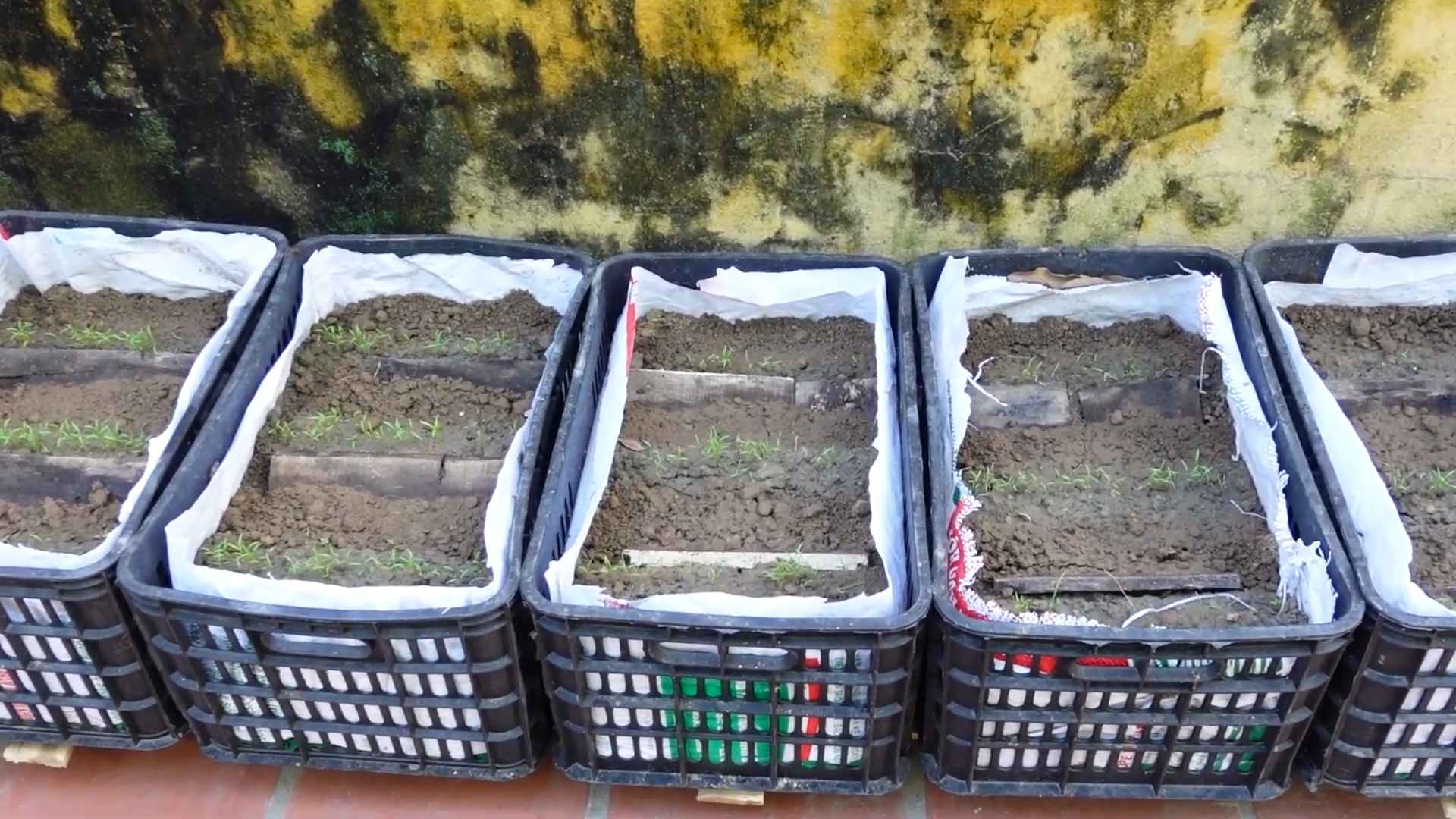
Conclusion
So, there you have it! Growing carrots at home, while it might seem daunting at first, is a surprisingly rewarding experience. It’s a chance to connect with nature, enjoy the freshest possible produce, and, let’s be honest, brag a little to your friends about your green thumb. But beyond the bragging rights, the real magic lies in the taste. Store-bought carrots simply can’t compare to the sweetness and vibrancy of homegrown ones. They’re bursting with flavor, packed with nutrients, and free from the waxes and preservatives often found on commercially grown produce.
This DIY approach to growing carrots isn’t just about saving money (although that’s a definite perk!). It’s about taking control of your food source, knowing exactly what goes into your vegetables, and enjoying the satisfaction of nurturing something from seed to table. Plus, it’s a fantastic way to get kids involved in gardening and teach them about where their food comes from.
Why is this a must-try? Because you’ll be amazed at the difference in taste and quality compared to store-bought carrots. You’ll also gain a sense of accomplishment and a deeper appreciation for the food you eat.
But don’t stop there! Experiment with different carrot varieties. Consider planting Nantes carrots for their cylindrical shape and sweet flavor, or try Chantenay carrots for their shorter, sturdier roots, perfect for heavier soils. Rainbow carrots, with their vibrant hues of purple, yellow, and white, add a splash of color to your garden and your plate. You can also explore companion planting. Marigolds can help deter nematodes, while rosemary can repel carrot rust flies.
Think about succession planting to extend your harvest. Sow seeds every few weeks throughout the growing season to ensure a continuous supply of fresh carrots. And don’t forget to thin your seedlings regularly to give them enough space to develop properly.
Consider using raised beds or containers if you have poor soil quality or limited space. This allows you to create the ideal growing environment for your carrots, ensuring they have the loose, well-drained soil they need to thrive. You can even grow carrots indoors during the winter months with the help of grow lights.
We’ve covered the basics, but the real learning comes from experience. So, grab some seeds, prepare your soil, and get ready to embark on your own carrot-growing adventure. Don’t be afraid to make mistakes – that’s how you learn! And most importantly, have fun with it.
We’re confident that once you taste the difference between homegrown and store-bought carrots, you’ll be hooked. So, what are you waiting for? Get your hands dirty and start growing your own delicious, nutritious carrots today!
We encourage you to try this DIY trick for growing carrots at home and share your experiences with us in the comments below. Let us know what varieties you’ve tried, what challenges you’ve faced, and what tips you’ve discovered along the way. We’re all in this together, and we can learn from each other’s successes and failures. Happy gardening!
Frequently Asked Questions (FAQs)
What is the best time of year to plant carrots?
The best time to plant carrots depends on your climate. In general, carrots are a cool-season crop, so they thrive in spring and fall. For a spring crop, sow seeds 2-3 weeks before the last expected frost. For a fall crop, sow seeds 10-12 weeks before the first expected frost. In warmer climates, you can plant carrots throughout the winter. Check your local planting calendar for specific dates.
What kind of soil do carrots need?
Carrots need loose, well-drained soil that is free of rocks and debris. Rocky soil can cause carrots to fork or become stunted. The ideal soil pH is between 6.0 and 6.8. Amend heavy clay soil with compost or other organic matter to improve drainage. Raised beds or containers are a good option if you have poor soil quality.
How deep should I plant carrot seeds?
Plant carrot seeds about ¼ to ½ inch deep. Space seeds about 1 inch apart in rows that are 12-18 inches apart. Gently cover the seeds with soil and water thoroughly. Keep the soil moist until the seeds germinate, which usually takes 7-21 days.
How often should I water carrots?
Carrots need consistent moisture to grow properly. Water deeply and regularly, especially during dry periods. Avoid overwatering, which can lead to root rot. A good rule of thumb is to water when the top inch of soil feels dry to the touch.
How do I thin carrot seedlings?
Thin carrot seedlings when they are about 2 inches tall. Thin them to about 2-3 inches apart. This will give the remaining seedlings enough space to develop properly. Use scissors to snip off the unwanted seedlings at the soil line to avoid disturbing the roots of the remaining plants.
What are some common carrot pests and diseases?
Common carrot pests include carrot rust flies, nematodes, and aphids. Carrot rust flies lay their eggs near the base of the plants, and the larvae burrow into the roots, causing damage. Nematodes are microscopic worms that can damage the roots. Aphids are small, sap-sucking insects that can weaken the plants. Common carrot diseases include leaf blight and root rot.
How do I prevent carrot pests and diseases?
To prevent carrot pests and diseases, practice good garden hygiene. Remove any diseased plants promptly. Rotate your crops each year to prevent the buildup of pests and diseases in the soil. Use row covers to protect your plants from carrot rust flies. Companion planting with marigolds or rosemary can also help deter pests. Ensure good drainage to prevent root rot.
When are carrots ready to harvest?
Carrots are typically ready to harvest 60-80 days after planting, depending on the variety. Check the seed packet for specific maturity dates. You can harvest carrots when they are about ½ to 1 inch in diameter. Gently loosen the soil around the carrots and pull them up by the tops.
How do I store carrots?
Store carrots in a cool, dark, and humid place. Remove the green tops before storing, as they can draw moisture from the roots. You can store carrots in the refrigerator for several weeks in a plastic bag or container. You can also store carrots in a root cellar or buried in sand.
Can I grow carrots in containers?
Yes, you can grow carrots in containers. Choose a container that is at least 12 inches deep and wide. Use a well-draining potting mix. Plant the seeds about ¼ to ½ inch deep and space them about 1 inch apart. Water regularly and fertilize every few weeks with a balanced fertilizer.
What are some good companion plants for carrots?
Good companion plants for carrots include onions, garlic, rosemary, sage, and marigolds. Onions and garlic can help deter carrot rust flies. Rosemary and sage can repel other pests. Marigolds can help deter nematodes.
Why are my carrots forking or splitting?
Carrots can fork or split if they encounter rocks or other obstacles in the soil. They can also fork or split if the soil is too dry or too wet. To prevent forking or splitting, make sure the soil is loose, well-drained, and free of rocks and debris. Water regularly and avoid overwatering.
My carrots are small and stunted. What could be the problem?
Small and stunted carrots can be caused by several factors, including poor soil quality, overcrowding, lack of sunlight, and pests or diseases. Make sure the soil is loose, well-drained, and rich in nutrients. Thin the seedlings to give them enough space to grow. Carrots need at least 6 hours of sunlight per day. Check for pests and diseases and take appropriate action.
Can I eat the carrot greens?
Yes, carrot greens are edible and nutritious. They have a slightly bitter taste, similar to parsley. You can use them in salads, soups, or pesto. Make sure to wash them thoroughly before eating.


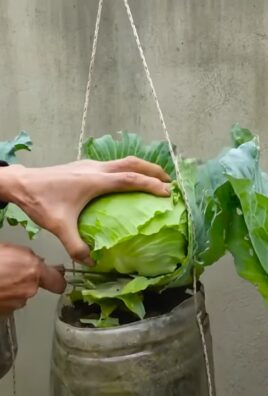
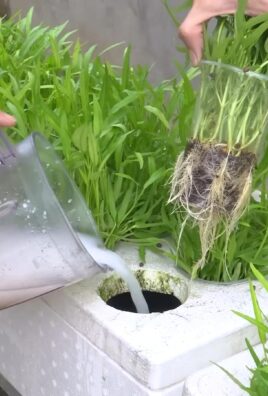
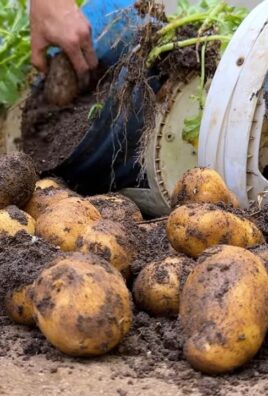
Leave a Comment